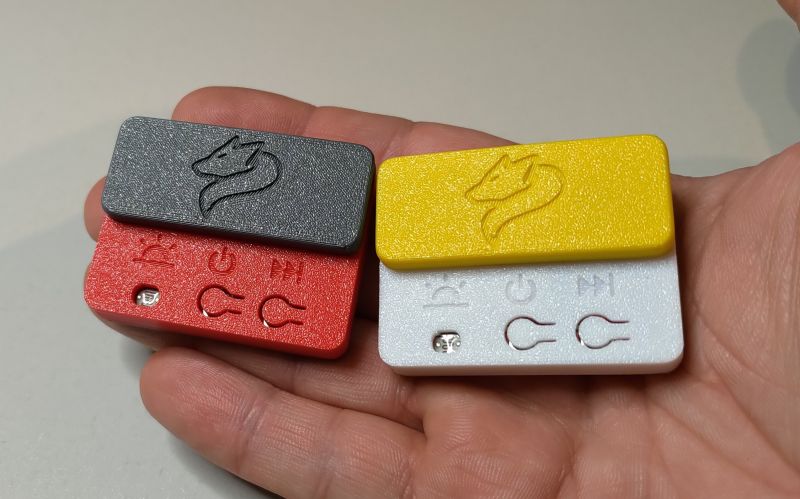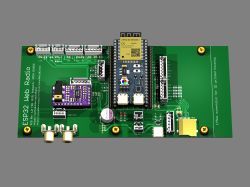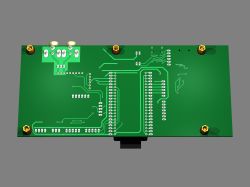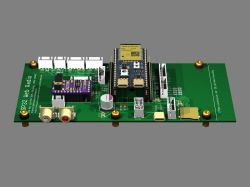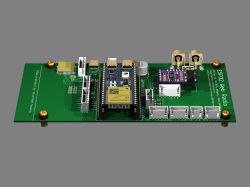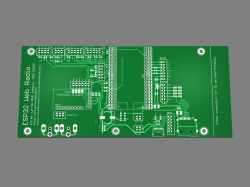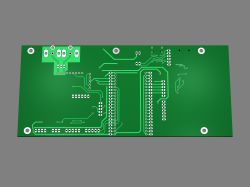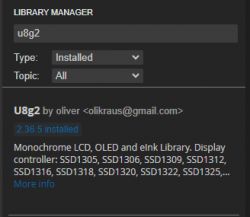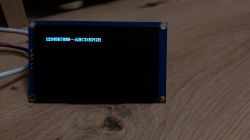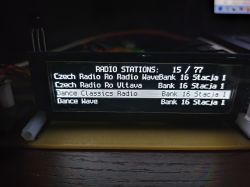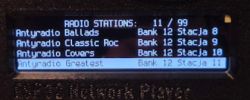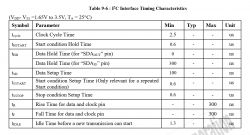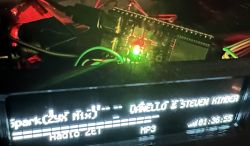Someone on the Sony forum showed off such a conversion, and I have to say it's impressive.
Here is a description from the user
"I would like to share my humble opinion after a week of using the Sony DAR1000ES SAT tuner modified for internet radio by Marcin Pakuła.
The whole modification is based on the factory DAC installed in the sat tuner. The DAC is of very good quality so it was a shame to throw it away. Only the necessary modules are added. Everything nicely and neatly mounted, I would say better than factory 😃.
It works stably, without lag, provided that you use the radio stations that transmit at a higher birate. I often get lag on black metal stations (approx. 60kbps - so not great).
With stations from 128kbps and above I have not had any problems. Of course, everything also depends on the wifi range (the tuner is connected to the internet via wifi). The wifi range is visible on the front panel of the DAR1000. A larger antenna can be used, which is attached to the rear of the tuner.
Control is by means of buttons on the front panel, the original RM-D1000 remote control, a universal remote control application on a phone/tablet, or an application written by Marcin especially for this purpose. In the application, we can search for stations, save them to our own list, which we can then modify and finally save in the tuner's memory and as a file (copy) on our computer. Marcin modifies the applications on the fly, if he notices that something works unstable/problematic. In general, we worked together on the app and everything that had any problems was fixed. All software is stable and works without any problems. Marcin Pakuła is a very nice man and patiently answers questions and guides you "by the hand" if someone has problems with the installation. The software in the tuner is written in such a way that it tells you on the screen what to do during installation.
The stations have "rds" which means they display information about the current station and the currently playing song.
This is my second DAR1000ES after modification. The first one is made into a spectrum analyser. The one with the internet radio tuner is a very interesting solution and I will say honestly that I am listening to the radio again 😃.
About the modification itself. The DAR1000ES tuner of course you have to have your own. You send it to Martin and he takes care of the rest. All enquiries regarding price, deadlines and technical matters should be directed to Marcin.
I for my part highly recommend Marcin himself as well as his modifications."
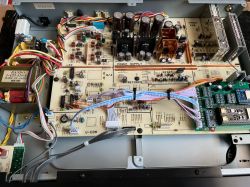
.
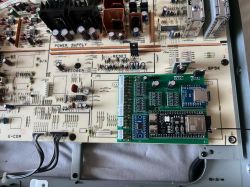
.
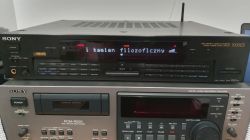
.
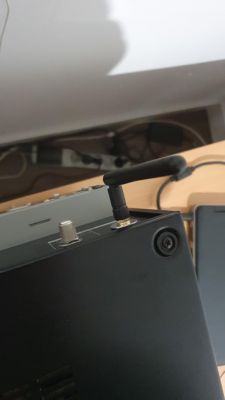
.
As far as I am concerned, a cool idea without "destroying" the original too much.
It is known that we have the DAC at home, I am more concerned about using the original display

.



